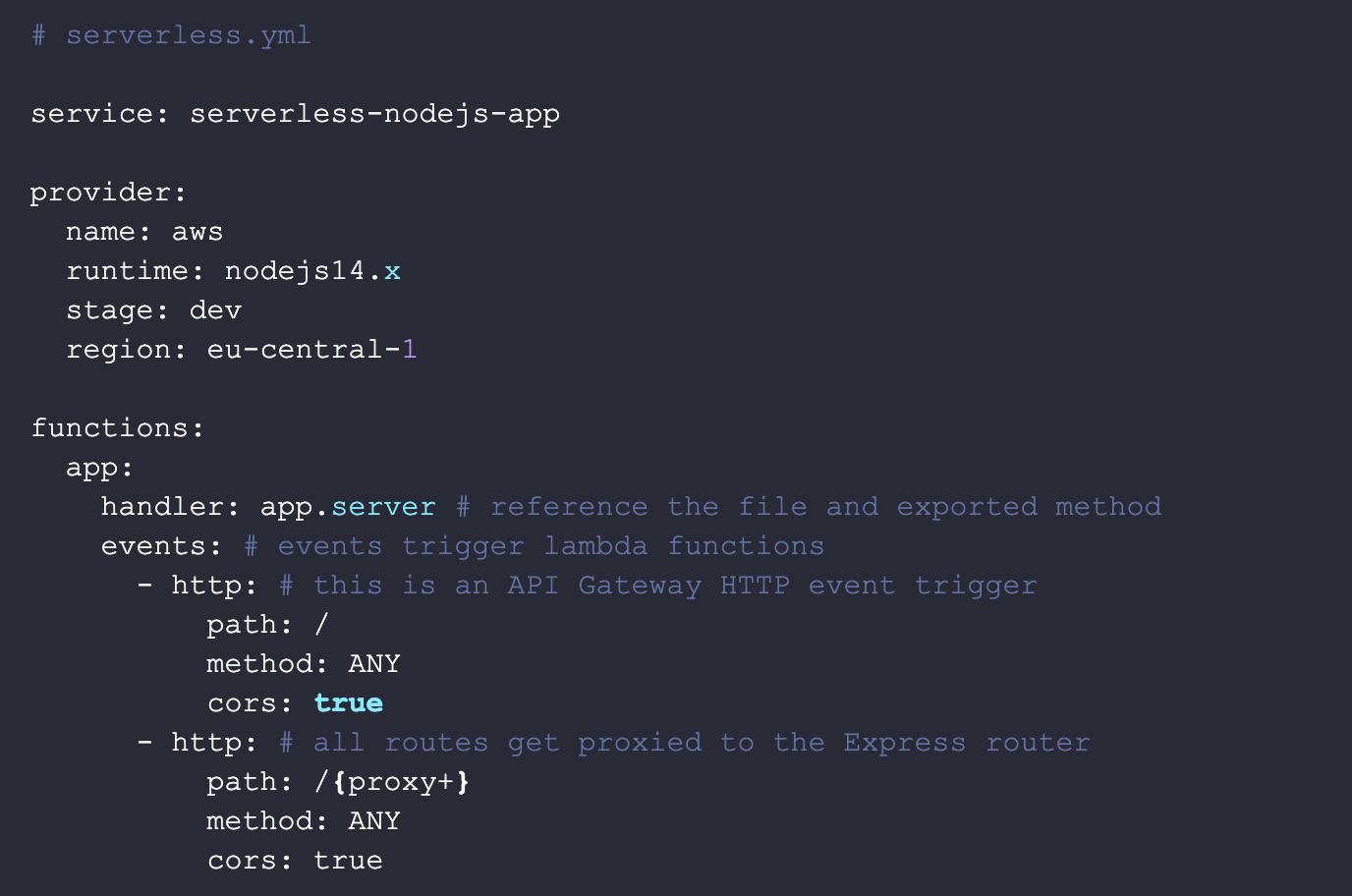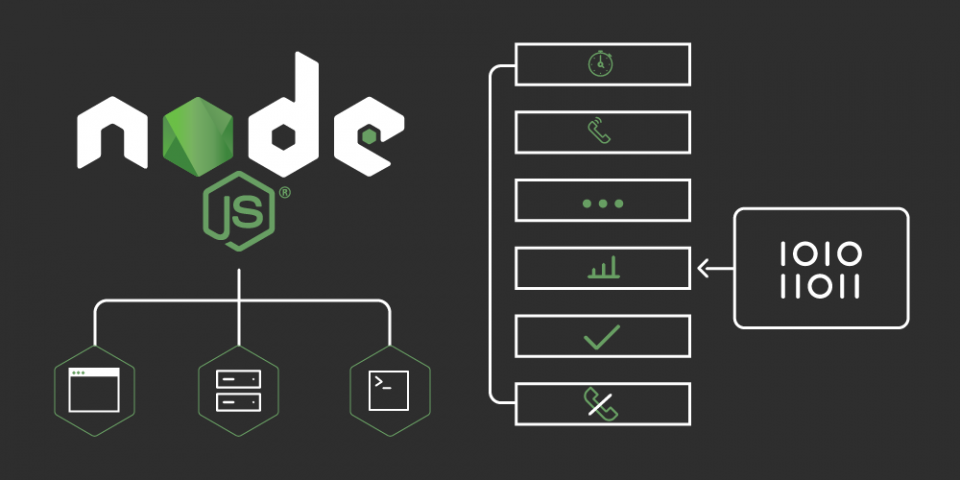

NPM SERVERLESS EVENT STORE CODE
Export your Express configuration so that it can be consumed by the Lambda handlerĪssuming that you had the relevant code implemented in your views and controllers directories and a MongoDB server available, you could uncomment the listen line, run node app.js and have an Express application running at The following “changes” made above were specific to API Gateway and Lambda: * to remove this line, I recommend doing so as it just sits idle. * aws-serverless-express communicates over a Unix domain socket.

nnect(_URI, ))Īpp.get('/pets', petsController.listPets)Īpp.post('/pets', petsController.createPet)Īpp.get('/pets/:petId', petsController.getPet)Īpp.put('/pets/:petId', petsController.updatePet)Īpp.delete('/pets/:petId', letePet)

timeout and kill the process so that the next request attempts to connect. Because API Gateway was initiated first, it also times out first.

MongoDB has a default timeout of 30s, which is the same timeout as API Gateway. manage different environment variables per stage, developer, environment, etc.Ĭonst homeController = require('./controllers/home')Ĭonst petsController = require('./controllers/pets') excellent and simple solution, with the added benefit of allowing you to easily Lambda does not allow you to configure environment variables, but dotenv is an const sass = require('node-sass-middleware') const compress = require('compression') const session = require('express-session') For a greater AWS serverless experience, consider adopting Amazon DynamoDB.Ĭonst bodyParser = require('body-parser') You also use MongoDB, due to it being a popular choice in the Node.js community as well as providing a time-out edge case. To this end, you implement just the entry point of the Express application (commonly named app.js) and assume standard implementations of views and controllers (which are more insulated and thus less affected). The goal of this walkthrough is for it to be complex enough to cover many of the limitations of this approach today (as comments in the code below), yet simple enough to follow along. To cover both use cases, the Express app below exposes a web app on the root / resource, and a REST API on the /pets resource. While the primary API Gateway function is to deliver APIs, it can certainly be used for delivering web apps/sites (HTML) as well. Modifying an existing Express applicationĮxpress is commonly used for both web applications as well as REST APIs. While I use Express in this post, the steps are similar for other Node.js frameworks, such as Koa, Hapi, vanilla, etc. In this post, I go through the process of porting an “existing” Node.js Express application onto API Gateway and AWS Lambda, and discuss some of the advantages, disadvantages, and current limitations. With this new functionality, it becomes incredibly easy to run HTTP applications in a serverless environment by leveraging the aws-serverless-express library. Amazon API Gateway recently released three new features that simplify the process of forwarding HTTP requests to your integration endpoint: greedy path variables, the ANY method, and proxy integration types.


 0 kommentar(er)
0 kommentar(er)
